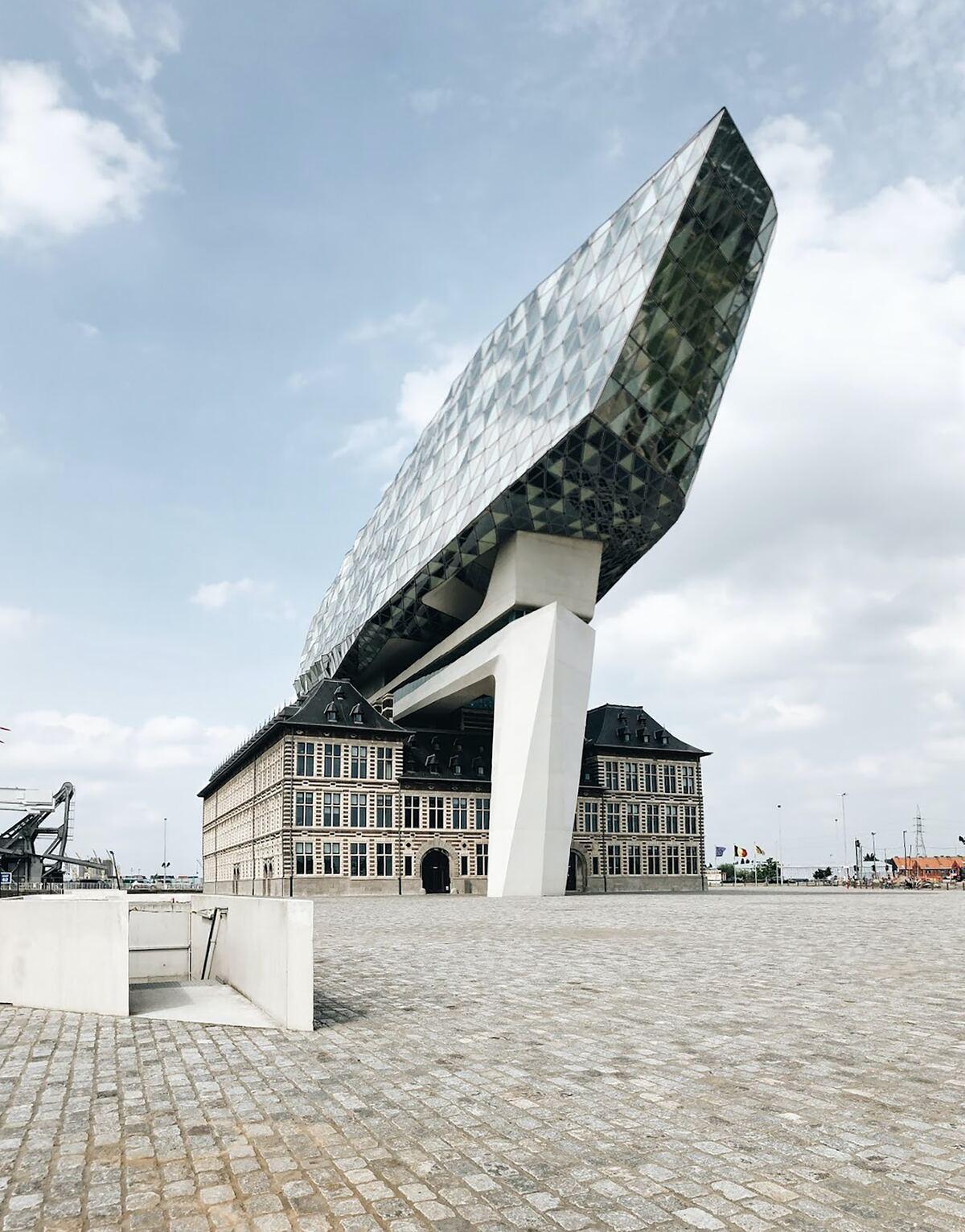- Home
- Articles
- Architectural Portfolio
- Architectral Presentation
- Inspirational Stories
- Architecture News
- Visualization
- BIM Industry
- Facade Design
- Parametric Design
- Career
- Landscape Architecture
- Construction
- Artificial Intelligence
- Sketching
- Design Softwares
- Diagrams
- Writing
- Architectural Tips
- Sustainability
- Courses
- Concept
- Technology
- History & Heritage
- Future of Architecture
- Guides & How-To
- Projects
- Interior Design
- Competitions
- Jobs
- Store
- Tools
- More
- Home
- Articles
- Architectural Portfolio
- Architectral Presentation
- Inspirational Stories
- Architecture News
- Visualization
- BIM Industry
- Facade Design
- Parametric Design
- Career
- Landscape Architecture
- Construction
- Artificial Intelligence
- Sketching
- Design Softwares
- Diagrams
- Writing
- Architectural Tips
- Sustainability
- Courses
- Concept
- Technology
- History & Heritage
- Future of Architecture
- Guides & How-To
- Projects
- Interior Design
- Competitions
- Jobs
- Store
- Tools
- More

Architects turn concepts and visions into safe, attractive, functional spaces such as homes and offices. To do this they need a specialist skill set that combines the science and art of building design.
In this guide, we explore the skills architects need to acquire, and the lessons to be learnt from the modernist architecture movement.
Design, Documentation, and Construction
No two architectural projects are the same but most require design, documentation, and construction roles.
During the design stage, technical knowledge is essential to be able to create unique plans that comply with safety regulations.
During documentation, the architect must know how to produce detailed drawings and instructions for builders to follow.
The final stage is supervising the construction project and resolving any problems through frequent site visits and regular interaction with contractors.
Architectural Skills
Modern architects need to have multiple, wide-ranging skills.
Creativity
Architecture is an art form as well as a science. You need to have the ability to come up with novel ideas and bring them to life with solutions that meet client requirements.
Design Skills
Architects devote most of their time to creating designs that must be aesthetically pleasing as well as practical, while complying with safety rules.

Building and Construction Skills
Good architects have to know how to design a building and understand the tools, materials, and methods used in construction, from the initial stages to completion.
Attention to Detail
Contractors rely on your ability to create detailed drawings for building construction. Even a small mistake could jeopardise a project with delays and additional costs.
Communication Skills
Architects have to be able to effectively communicate with clients, lawyers, builders, and surveyors.
Problem-Solving Skills
Architects often face legal problems and design-related issues. You need to know how to resolve these concerns quickly and efficiently.
Computer Literacy
Rather than drafting designs and drawings by hand, modern architects tend to use computers. So you need to familiarise yourself with architectural software such as CAD (computer-aided design).
Collaboration Skills
Architects have to be able to work as part of a team, liaising with clients, construction teams, surveyors and others during the course of a project.

Visualisation Skills
An architect needs visualisation skills to get a clear picture in their mind of what the client wants. This facilitates functional designs and minimises the need for corrections.
Analytical Skills
Analytical skills enable architects to overcome challenges and find the best solution to bring designs t life.
Numerical Skills
A solid background in mathematics is crucial in architecture, especially advanced geometry and algebra.
How to Sharpen Your Architecture Skills
There are numerous ways to improve your architecture skills, including:
Learn from Others
Opinions from other architects or your colleagues can help you understand your strengths and weaknesses. Ask for feedback on your projects to discover areas where you may need to learn new techniques. You can also learn from the experiences of others by reading architectural magazines, blogs, and books.
Go to Architectural Exhibitions
Architectural exhibitions often showcase unique projects that can give you a different design perspective and help you to stay up to date with emerging trends.
Explore New Ideas
Moving out of your comfort zone and trying new things like design software could enable you to create new design styles.
Lessons from Modern Arcitecture
Like any other type of fine art, architectural styles change constantly, and some trends have little long-term effect. Modern architecture, however, significantly transformed the urban landscape of homes, schools, workplaces, and infrastructure.

Although it’s generally accepted the modernist architecture movement ended in the 1970s, many of the changes it brought about are still present in contemporary architecture.
So it’s worth spending some time on learning about modern architecture, which still plays a part in helping connect society by mirroring and facilitating progress in engineering, health, and social equality, with design principles focused on eco-friendly, innovative, and sustainable solutions to improve the way we live.
What Is Modern Architecture?
Modern architecture falls under the umbrella of the global cultural and societal movement of modernism.
This ideology sought a new alignment in the experience and values of modern life from the early decades of the 20th century. It rejected predetermined rules in favour of experimentation and freedom of expression.
Modernist architecture emerged as a reaction against ornate Baroque and Gothic styles and was influenced by movements such as cubism, Dadaism, and futurism. At the same time, it sought practical solutions to problems in society.
These issues included a rise in urban populations due to immigration and an influx of people from rural areas looking for work in new industries that were springing up. This resulted in a need for new factories, offices, and homes.
Materials in Modern Architecture
Before the turn of the 20th century, building materials were largely restricted to brick, stone, and wood. Then mass-produced construction materials such as steel and plate glass became available. This opened up a stimulating world for architects, who could now experiment with these new materials.
Minimalism in Modern Architecture
With an emphasis on functionality and comfort, modern architecture leaned towards minimalism, with clean lines, balanced composition, and exposed building materials in spacious living or work spaces with plenty of light and outdoor connections.
Characteristics of Modern Architecture
Modernism in architecture was built on the relationship between the discipline and industry and resulted in a trend towards a minimal, streamlined look in both interiors and exteriors.
Characteristics of modernist architecture and design included:
- Bringing nature inside with stonework, wood features, and interior fountains, and large windows affording panoramic views
- Use of industrial construction materials such as steel, plate glass, reinforced concrete, plastic, and chrome.
- Simple lines and geometric shapes such as right-angles.
- Horizontal lines, with low or flat roofs and large eaves.
- Elimination or reduction of Victorian-style ostentatious ornamentation.
Styles in Modern Architecture
In the early 1920s, Swiss-French architect and urban planner Le Corbusier set forth five key design elements of modernist architecture:
- Buildings raised on pillars to make room for gardens or vehicles.
- Open floor plans to eliminate all but essential interior walls and create flexible living spaces.
- Facade design that allowed more flexibility for openings and windows.
- Horizontal ribbon windows providing a greater sense of space.
- Flat roofs with gardens, creating additional living space.
The Decline of Modernist Architecture
During the depression of the 1930s, many urban communities were living in poverty. Unlike today’s responsible bad-credit lenders, loan sharks preyed on the vulnerable desperately needing cash to keep a roof over their heads and put food on the table.
Modern architecture came into its own after the Second World War, heralded as the solution to social problems like this. Pioneers of modern architecture tried to change the world with their design principles. But this lofty ambition proved to be unachievable.
The movement – and the politicians who supported it – failed to cater for the social dynamics of family and community, and many modernist buildings were pulled down in the 1970s, like the slums they had replaced. And the public no longer had faith in modernist architecture.
Meanwhile, postmodernist architecture had been emerging during the1960s and 70s as a critical reaction and response to modern architecture. Postmodern architecture continues in some form today as an eclectic amalgamation of colourful design styles.
Looking to the Future While Learning from the Past
While it’s essential to acquire and improve on creative and technical skills to build your future as a modern architect, it also pays to keep an eye on the past, particularly modernist architecture.
The origins of modern architecture can be traced back to the 17th century, and the movement lasted until the mid-20th century. Even so, it remains one of the most notable and popular architectural styles of the present day, which is why the architects of today and the foreseeable future need to understand its importance.
Written by Jordan Gilliard
illustrarch is your daily dose of architecture. Leading community designed for all lovers of illustration and #drawing.
Submit your architectural projects
Follow these steps for submission your project. Submission FormLatest Posts
Top 8 Luxury Vacation Rentals Features Guests Love Most
A luxury vacation rental offers an entirely different experience than a typical...
Why Local Expertise Matters: Choosing the Right Plumbers in Townsville
Why Local Expertise Matters: Choosing the Right Plumbers in Townsville When it...
Bathroom Remodel ROI: How to Add $15–30K to Your Home Value in 2025-2026
Outdated bathrooms can drag a listing 20-30% longer on the market. Buyers...
The Key Factors to Review When Comparing Fiber Providers in Minneapolis
Looking for a fiber provider in Minneapolis can feel surprisingly overwhelming. The...












Leave a comment